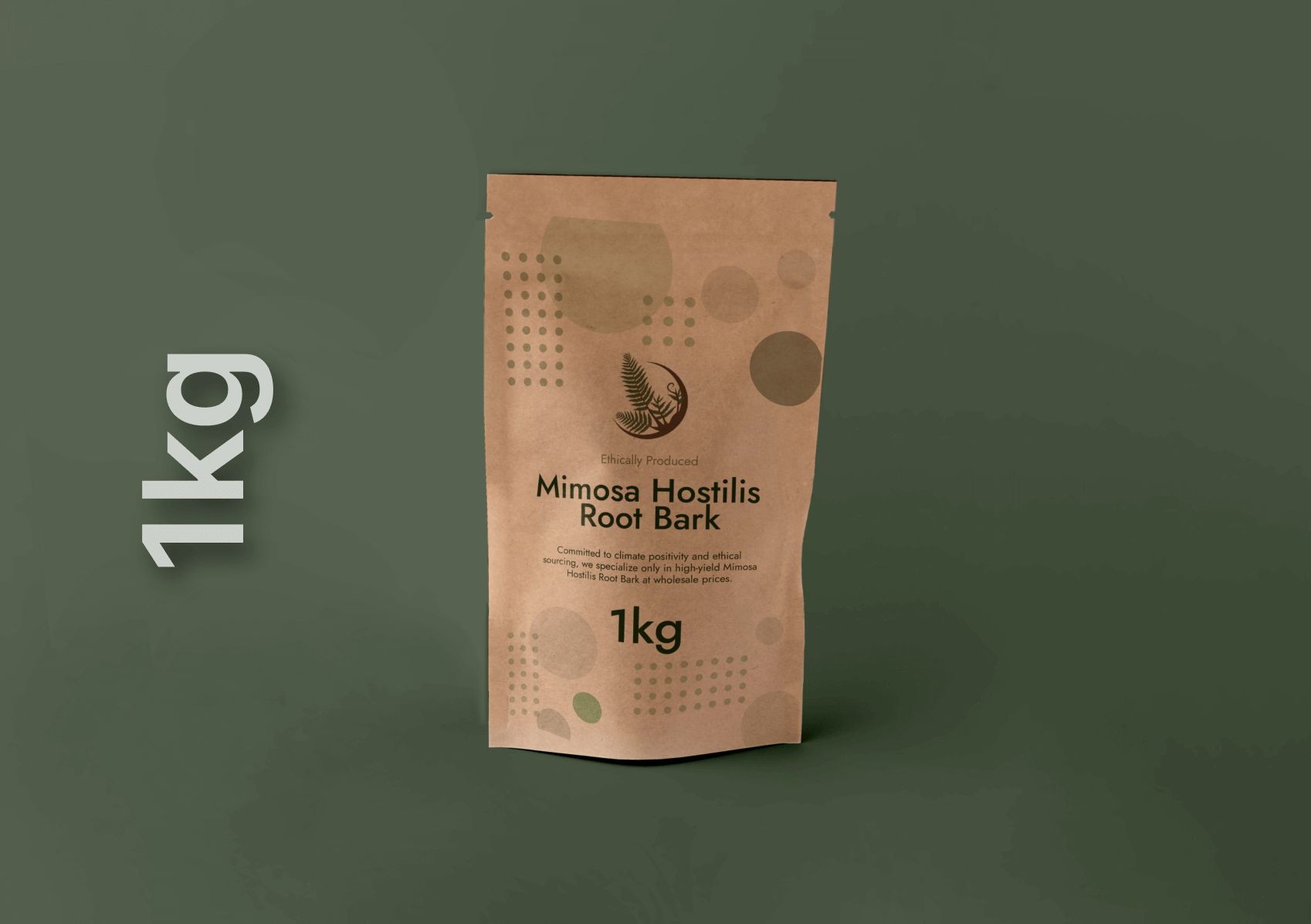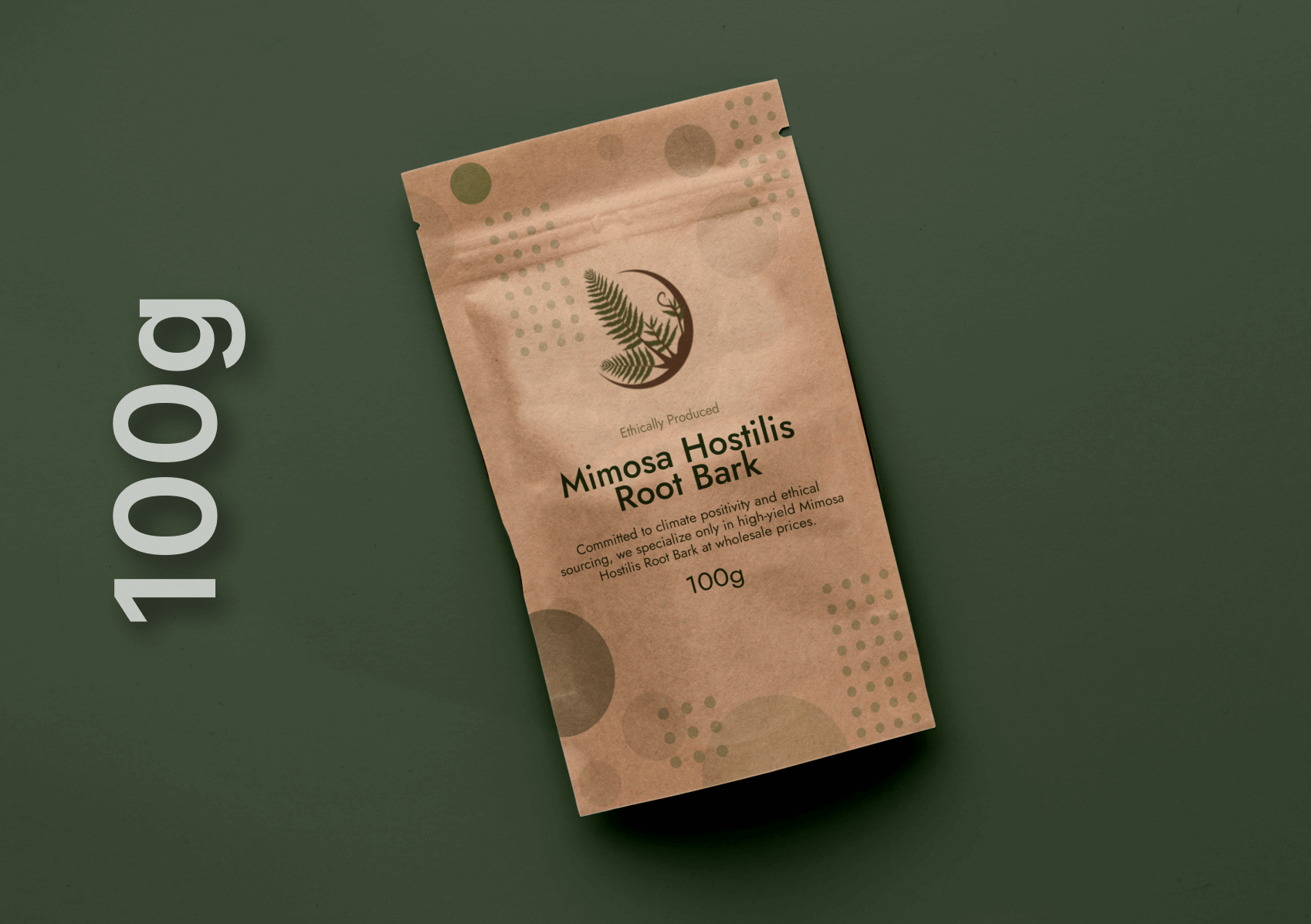Mimosa root bark, derived from the tree Mimosa tenuiflora (also known as Tectona grandis or jurema branca), has a long history of use in traditional medicine and spiritual rituals. The bark can be divided into two distinct layers—outer root bark and inner root bark—each possessing unique characteristics that influence their chemical composition, medicinal properties, and practical applications. Understanding the differences between these layers is essential for practitioners, researchers, and enthusiasts who wish to harness the full potential of mimosa root bark.
Botanical Overview of Mimosa tenuiflora
Taxonomy and Natural Habitat
-
Family: Fabaceae
-
Genus: Mimosa
-
Species: M. tenuiflora
Native to northeastern Brazil and parts of Mexico, mimosa trees thrive in semi-arid climates. They typically grow as shrubs or small trees reaching heights of up to 8 meters. The bark features numerous fissures and can be harvested sustainably when proper techniques are employed.
Traditional Uses in Folk Medicine
-
Wound Healing: Poultices of the bark applied directly to burns and cuts for their reputed regenerative properties.
-
Antimicrobial: Decoctions used as mouthwashes or topical washes to help control bacterial and fungal infections.
-
Psychoactive Rituals: Inner bark preparations used in indigenous ceremonies for visionary experiences.
Anatomical Layers of the Root Bark
The root bark is composed of two primary layers:
-
Outer Root Bark
Each layer serves different roles for the tree and contains distinct profiles of active compounds.
Outer Root Bark
Structure and Appearance
-
Texture: Rough, fibrous, and darker brown.
-
Thickness: Relatively thin compared to the inner layer.
-
Function: Acts as a protective barrier against pests, pathogens, and mechanical damage.
Chemical Constituents
-
Tannins: High levels of hydrolyzable and condensed tannins, contributing to astringent taste.
-
Lignins and Cellulose: Responsible for structural integrity.
-
Minor Alkaloids: Trace amounts of alkaloids, though generally lower than in inner bark.
Medicinal and Practical Uses
-
Astringent and Anti-Inflammatory: The high tannin content makes outer bark effective for tightening tissues and reducing inflammation—commonly used in poultices and washes.
-
Topical Applications: Incorporated into salves, creams, or tinctures aimed at treating fungal skin conditions and minor wounds.
-
Non‑psychoactive Preparations: Because of its minimal alkaloid content, outer bark is rarely used for psychoactive rituals but shines in dermatological and antimicrobial remedies.
Inner Root Bark
Structure and Appearance
-
Texture: Softer, more pliable, and lighter tan in color.
-
Thickness: Substantially thicker layer, directly beneath the outer bark.
-
Function: Facilitates transport of nutrients and houses higher concentrations of bioactive compounds.
Chemical Constituents
-
Alkaloids: Elevated levels of DMT (N,N‑dimethyltryptamine) and related tryptamines.
-
Flavonoids and Saponins: Contribute to both medicinal effects and tissue permeability.
-
Tannins: Present, but significantly lower concentration than in the outer bark.
Medicinal and Psychoactive Uses
-
Psychoactive Preparations: Inner bark is the preferred choice for ayahuasca analogues (often blended with MAO inhibitors) due to its higher DMT content.
-
Analgesic and Sedative Effects: Anecdotal reports suggest mild pain relief and sedation when consumed in decoctions or capsules.
-
Synergistic Blends: Often combined with other plant materials (e.g., Banisteriopsis caapi) to potentiate visionary experiences.
Harvesting and Processing Techniques
Sustainable Harvesting Practices
-
Selective Cutting: Only older, thicker roots are harvested to allow younger roots to regenerate.
-
Avoiding Tree Mortality: Removing just the bark rather than the entire root system preserves the tree’s health.
-
Rotational Harvesting: Implementing a multi-year cycle to let each section of the population recover.
Separation of Layers
-
Manual Peeling: Careful use of a sharp knife or debarking tool to separate the brittle outer bark from the pliable inner layer.
-
Quality Control: Inspecting for discoloration, mold, or contamination before processing.
Drying and Storage
-
Air Drying: Spread thinly in a well‑ventilated, shaded area until moisture content falls below 10%.
-
Dehydrators: Controlled heat (35–45 °C) speeds up drying without degrading heat‑sensitive alkaloids.
-
Long‑Term Storage: Airtight containers with desiccant packs prevent moisture reabsorption and microbial growth.
Extraction Methods and Yields
Outer Bark Extractions
-
Tincture Preparation: Soaking outer bark in 60–80% ethanol for 2–4 weeks yields a dark, tannin‑rich extract—ideal for topical use.
-
Decoction: Boiling in water for 20–30 minutes extracts tannins and flavonoids—used as washes.
Inner Bark Extractions
-
Acid‑Base DMT Extraction:
-
Acidification: Inner bark powder soaked in dilute acid (e.g., vinegar) liberates freebase alkaloids.
-
Basification: Raising pH precipitates alkaloids into freebase form.
-
Solvent Wash: Nonpolar solvents (e.g., naphtha) pull DMT from the aqueous phase.
-
Purification: Multiple washes and crystallization yield a white to yellow crystalline powder.
-
-
Ethanol Maceration: Simpler but lower‑yield method—soak inner bark in high‑proof alcohol for several days, then filter.
Safety, Efficacy, and Legal Considerations
Safety Profile
-
Outer Bark: Generally regarded as safe for topical and mild internal applications, with minimal psychoactive risk.
-
Inner Bark: Contains potent tryptamines; misuse can lead to psychological distress, hypertension, or serotonin syndrome—especially when combined with MAO inhibitors.
Efficacy Evidence
-
Wound Healing: Animal studies demonstrate accelerated epithelial regeneration with bark extracts.
-
Antimicrobial: In vitro tests show inhibition of Staphylococcus aureus and Candida albicans.
-
Psychoactivity: Anecdotal and ethnobotanical reports support visionary effects, though clinical trials are lacking.
Legal Status
-
Outer Bark: Widely legal and commercially available as herbal supplement or topical remedy.
-
Inner Bark: Contains Schedule I substances in many jurisdictions; extraction and ingestion may be prohibited without special permissions.
Practical Recommendations for Users
-
Identify Your Goal
-
Topical Remedies: Favor outer bark preparations; look for standardized tannin content.
-
Visionary Work: Source inner bark of known origin; consider partnering with experienced facilitators.
-
-
Verify Purity and Source
-
Certificates of Analysis (COA): Ensure absence of heavy metals, mold, and adulterants.
-
Sustainability Claims: Support suppliers practicing ethical harvest protocols.
-
-
Dosage Guidelines
-
Outer Bark Tincture: 1–2 mL three times daily for anti‑inflammatory support.
-
Inner Bark Decoction: Traditional doses range from 20 to 50 g of powdered bark—often combined with an MAO inhibitor under supervision.
-
-
Observe Legal Regulations
-
Check local and national laws before purchasing or importing inner mimosa root bark materials.
-
Conclusion
The outer and inner layers of mimosa root bark serve different roles, both for the plant and for human use. The outer bark, rich in tannins and lignins, excels in antimicrobial and wound‑healing applications, while the inner bark’s elevated alkaloid content underpins its traditional use in psychoactive and analgesic preparations. By recognizing their distinct anatomical, chemical, and functional profiles, informed practitioners can safely and effectively employ each layer to its fullest potential.




